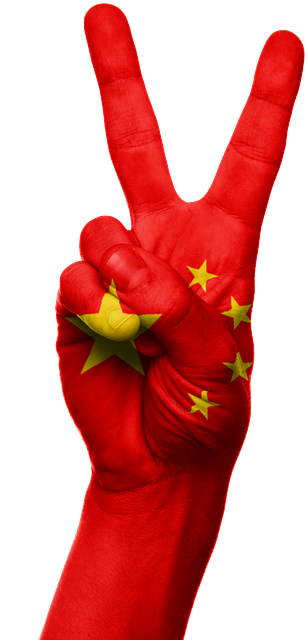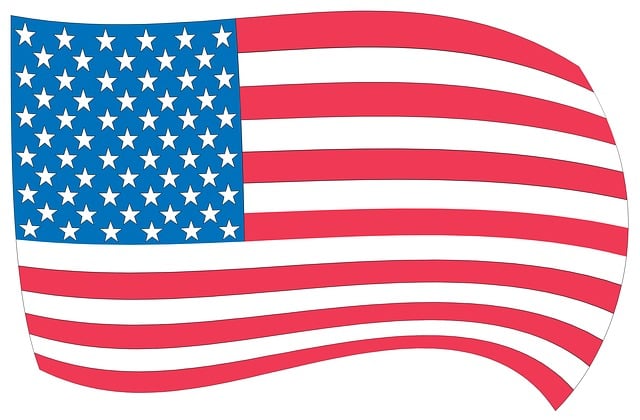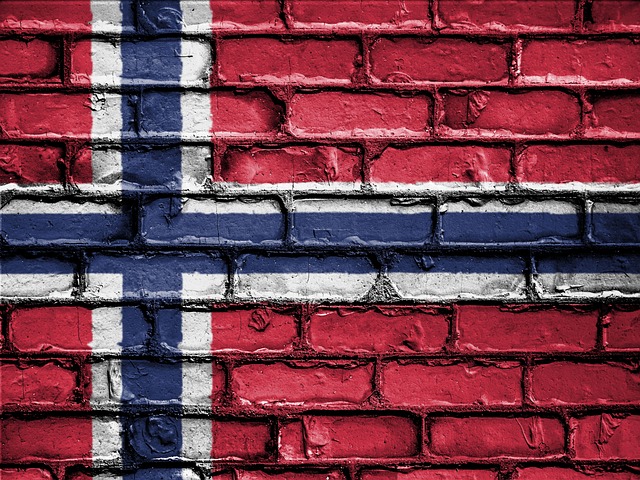The American Flag and Peace Sign, once symbols of protest against U.S. involvement in Vietnam, have evolved into universal emblems of peace, unity, and non-violence. The Peace Sign, a simplified version of the flag's stars and stripes, represents global solidarity while the American Flag symbolizes national pride and freedom. Together, they foster a sense of belonging among diverse communities worldwide, transcending borders and cultural norms to advocate for conflict resolution and peaceful coexistence.
The iconic American Flag Peace Sign, a symbol of unity and non-violence, has transcended its origins as a counterculture emblem. Born during the 1960s, this powerful design has evolved into a universal representation of peace and harmony. From its historical roots in protest movements to its current status as a global cultural icon, the Peace Sign continues to inspire and unite people across borders. This article explores the profound impact of the American Flag Peace Sign on society, fashion, and our collective understanding of unity.
- Historical Context: The Birth of an Icon
- Design and Meaning: A Universal Symbol
- Cultural Impact: From Protest to Fashion
- Global Recognition: A Global Embrace
- Enduring Legacy: Unity in Action
Historical Context: The Birth of an Icon

The American Flag, a symbol of freedom and nationhood, has long been a powerful icon in the United States. However, its association with peace and non-violence solidified during the counterculture movement of the 1960s. This era, marked by social and political upheaval, saw the emergence of the iconic Peace Sign—a simplified representation of the American Flag’s stars and stripes.
The birth of this symbol is deeply rooted in the anti-war protests against America’s involvement in Vietnam. Activists adopted the image as a universal message of peace and resistance, transforming it from a simple design to a powerful statement. The Peace Sign, often incorporated into the American Flag with its distinctive circular shape and line work, became an international emblem for non-violence and unity, resonating far beyond the borders of the United States.
Design and Meaning: A Universal Symbol

The American Flag, with its vibrant red, white, and blue stripes, has long been a powerful symbol of unity and freedom in the United States. However, when paired with the iconic Peace Sign, it takes on an even deeper meaning, transcending borders and cultures. This unique combination has become a universal representation of non-violence, harmony, and peace.
The Peace Sign, often recognized as the “V for Victory” hand gesture turned upside down, was initially created during World War II as a symbol of anti-war protest. Its design is simple yet powerful—a hand forming a circle with the index and middle fingers extended. This sign has since evolved into an international icon, representing peace movements worldwide. When combined with the American Flag, it creates a poignant blend of national pride and global harmony, reminding viewers of the shared values of unity, freedom, and peaceful coexistence.
Cultural Impact: From Protest to Fashion

The American Flag and Peace Sign, once powerful symbols of protest and resistance, have seamlessly integrated into mainstream culture, transcending their initial political contexts. The iconic Peace Sign, originally created as a symbol of anti-war movement in the 1960s, has become an internationally recognized universal sign of peace and harmony. Its widespread adoption has extended beyond protests to fashion, music, and popular media, representing a message of unity and non-violence that resonates across generations.
Similarly, the American Flag, a symbol of national identity and freedom, has also found its place in contemporary culture beyond its traditional use on patriotic holidays. From fashion statements to creative expressions during social movements, the flag’s red, white, and blue hues serve as a visual reminder of America’s rich history and democratic values. This cultural impact demonstrates how powerful symbols can evolve and adapt, maintaining their core messages while reflecting shifting societal norms.
Global Recognition: A Global Embrace

The iconic American Flag with its vibrant red, white, and blue hues has become a universal symbol of freedom and democracy worldwide. Among its various interpretations, one powerful image stands out: the peace sign. This simple yet profound design, often crafted from hand or displayed on merchandise, represents a global embrace of unity and non-violence. The American Flag Peace Sign has transcended borders, fostering a sense of belonging among people from diverse backgrounds.
Its widespread recognition is a testament to the enduring values it upholds—peace and harmony. This symbol encourages a collective effort towards conflict resolution, understanding, and tolerance, making it a favorite among activists, artists, and everyday individuals alike. Its universal appeal lies in its ability to convey a powerful message without words, fostering connections across cultures and generations.
Enduring Legacy: Unity in Action

The American Flag and the Peace Sign, seemingly iconic symbols from different corners of history, share a profound connection in representing unity and non-violence. The American Flag, with its red, white, and blue stripes and stars, has long been a beacon of freedom and solidarity for Americans. It stands for the diversity and unity within the nation, fostering a sense of belonging and common purpose.
On the other hand, the Peace Sign, popularized during the 1960s counterculture movement, became an international symbol advocating for peace, harmony, and non-violence. Its enduring legacy lies in its ability to transcend cultural boundaries and unite people in a shared vision of a conflict-free world. Together, these symbols embody the power of unity in action, reminding us that diversity can be celebrated while striving towards common goals of peace and understanding.
